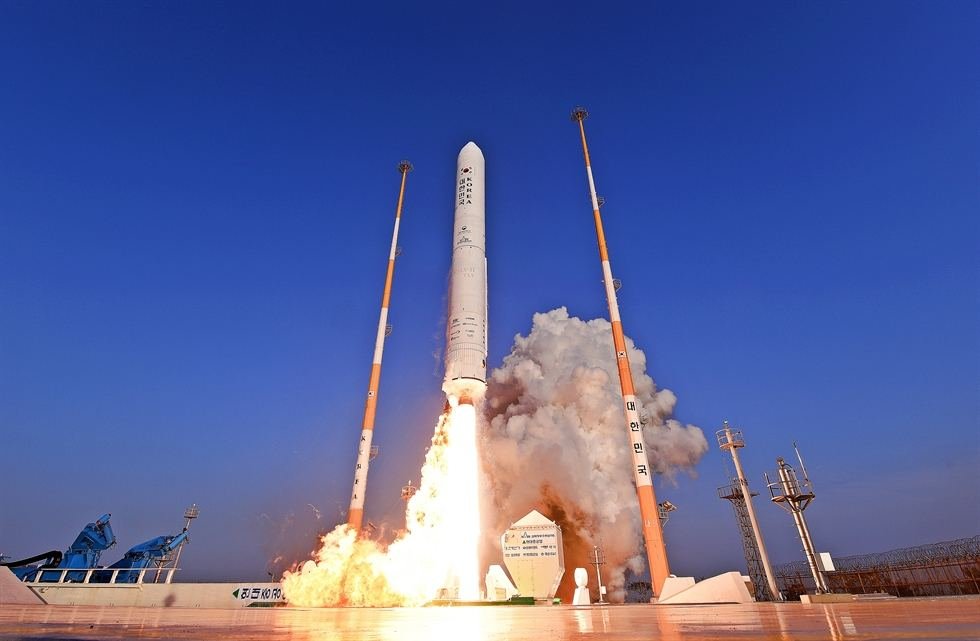Japan's H3 rocket, the country's first new medium-lift launcher in three decades, failed to lift off on Friday because two secondary booster engines strapped to the side of the space vehicle didn't ignite, TurkicWorld reports citing Reuters.
During the live-streamed event, the H3's main engine cut off after the launch countdown had reached zero, leaving the 57-metre (187ft) rocket on its launch pad at the Tanegashima spaceport along with its payload, the ALOS-3 land observation satellite, which is also equipped with an infrared sensor designed to detect North Korean ballistic missiles.
The Japan Aerospace Exploration Agency (JAXA) said it is investigating the cause of the apparent failure.
Japan built the H3 to enhance its independent access to space and bolster its chances of capturing a bigger share of the global launch market from rivals, including Elon Musk's SpaceX.
It is designed to put government and commercial satellites into orbit and ferry supplies to the International Space Station. As part of Tokyo's deepening cooperation with the United States in space, later variants will also carry cargo to the Gateway lunar space station that NASA plans to build as part of its programme to return people to the moon.















